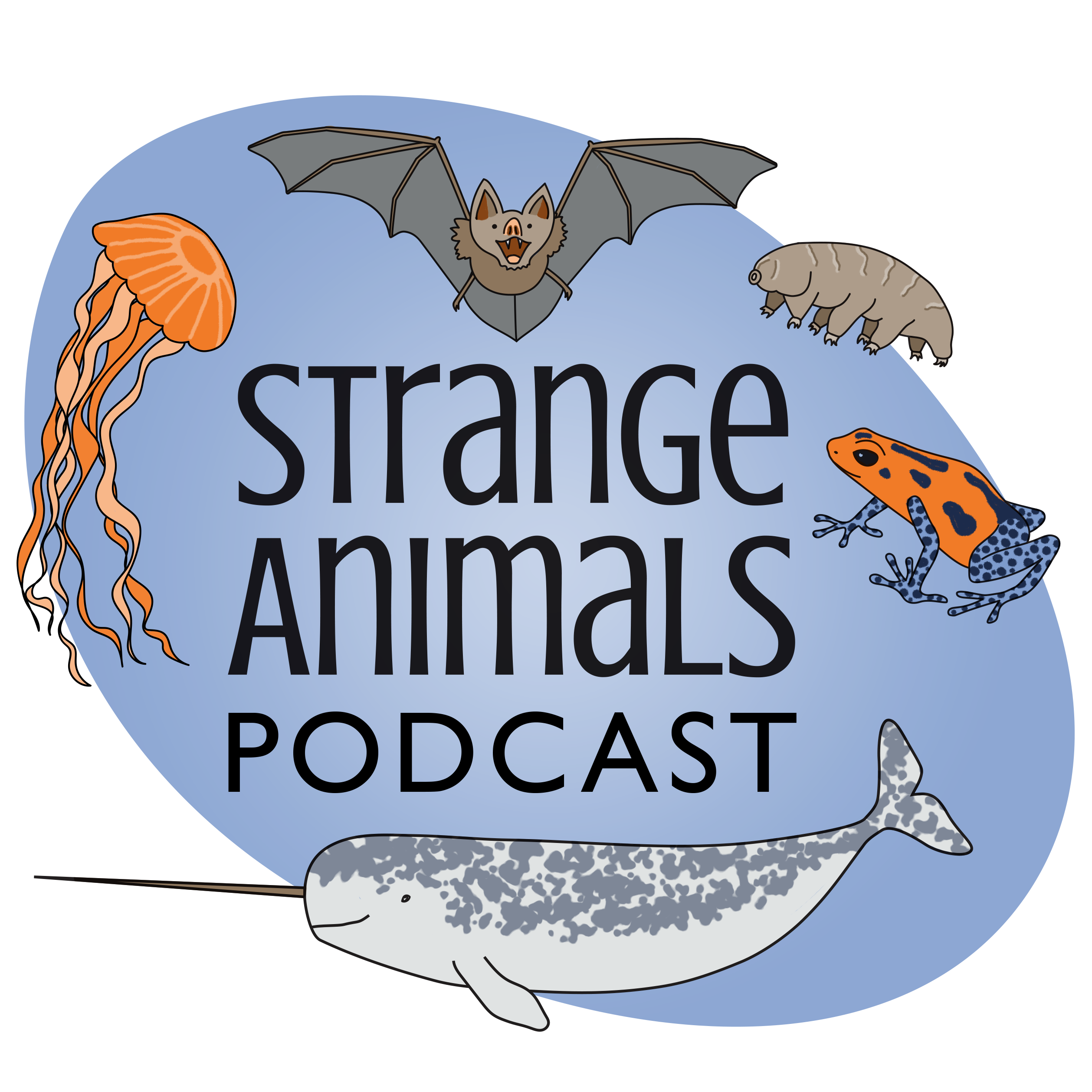Episode 387: The Link Between Fossils and Folklore

Thanks to Richard from NC for inspiring this episode!\n\nFurther reading:\n\nPaleontologists Debunk Popular Claim that Protoceratops Fossils Inspired Legend of Griffin\n\nThe Fossil Dragons of Lake Lucerne, Switzerland\n\nThe Lindworm statue:\n\n\n\nA woolly rhinoceros skull:\n\n\n\nA golden collar dated to the 4th century BCE, made by Greek artisans for the Scythians, discovered in Ukraine. The bottom row of figures shows griffins attacking horses:\n\n\n\nThe Cyclops and a (damaged, polished) elephant skull:\n\n\n\nA camahueto statue [photo by De Rjcastillo - Trabajo propio, CC BY 4.0, https://commons.wikimedia.org/w/index.php?curid=145434346]:\n\n\n\nShow transcript:\n\nWelcome to Strange Animals Podcast. I\u2019m your host, Kate Shaw.\n\nThis week we\u2019re going to learn about the link between fossils and folklore, a topic inspired by a conversation I had with Richard from North Carolina.\n\nWe know that stories about monsters were sometimes inspired by fossils, and we even have an example from episode 53. That was way back in 2018, so let\u2019s talk about it again.\n\nIn Klagenfurt in Austria there\u2019s a statue of a dragon, called the lindorm or lindwurm, that was erected in 1593 to commemorate a local story. The story goes that a dragon lived near the lake and on foggy days would leap out of the fog and attack people. Sometimes people could hear its roaring over the noise of the river. Finally the duke had a tower built and filled it with brave knights. They fastened a barbed chain to a collar on a bull, and when the dragon came and swallowed the bull, the chain caught in its throat and tethered it to the tower. The knights came out and killed the dragon.\n\nThe original story probably dates to around the 12th century, but it was given new life in 1335 when a skull was found in a local gravel pit. It was clearly a dragon skull and in fact it\u2019s still on display in a local museum. The monument\u2019s artist based the shape of the dragon\u2019s head on the skull. In 1935 the skull was identified as that of a woolly rhinoceros.\n\nIn 1989 a folklorist proposed that the legend of the griffin was inspired by protoceratops fossils. The griffin is a mythological creature that\u2019s been depicted in art, writing, and folklore dating back at least 5,000 years, with early variations on the monster dating back as much as 8,000 years. The griffin these days is depicted as a mixture of a lion and an eagle. It has an eagle\u2019s head, wings, and front legs, and it often has long ears, while the rest of its body is that of a lion.\n\nThe griffin isn\u2019t a real animal and never was. It has six limbs, for one thing, four legs and two wings, and it also has a mixture of mammal and bird traits. I can confirm that it\u2019s a lot of fun to draw, though, and lots of great stories and books have been written about it in modern times. Ancient depictions of a griffin-like monster have been found throughout much of eastern Europe, the Middle East, the Mediterranean, northern Africa, and central Asia. Much of what we know about the griffin legend comes from ancient Greek and Roman stories, but they in turn got at least some of their stories from ancient Scythia. That\u2019s important for the hypothesis that the griffin legend was inspired by protoceratops fossils.\n\nProtoceratops lived between 75 and 71 million years ago and its fossils have been found in parts of China and Mongolia. It was a ceratopsian but it didn\u2019t belong to the family Ceratopsidae, which includes Triceratops. It grew up to about 8 feet long, or 2.5 meters, with a big skull and a neck frill, but while that sounds big, it actually was on the small size for a ceratopsian. At most it would have barely stood waist-high to an average human, so while it was heavy and compact, it was probably smaller, if not lighter, than a modern lion. It ate plants and while it had teeth, it also had a beak, sort of like a turtle\u2019s beak.\n\nFolklorist Adrienne Mayor published a number of papers and a book in the 1990s discussing the links ...